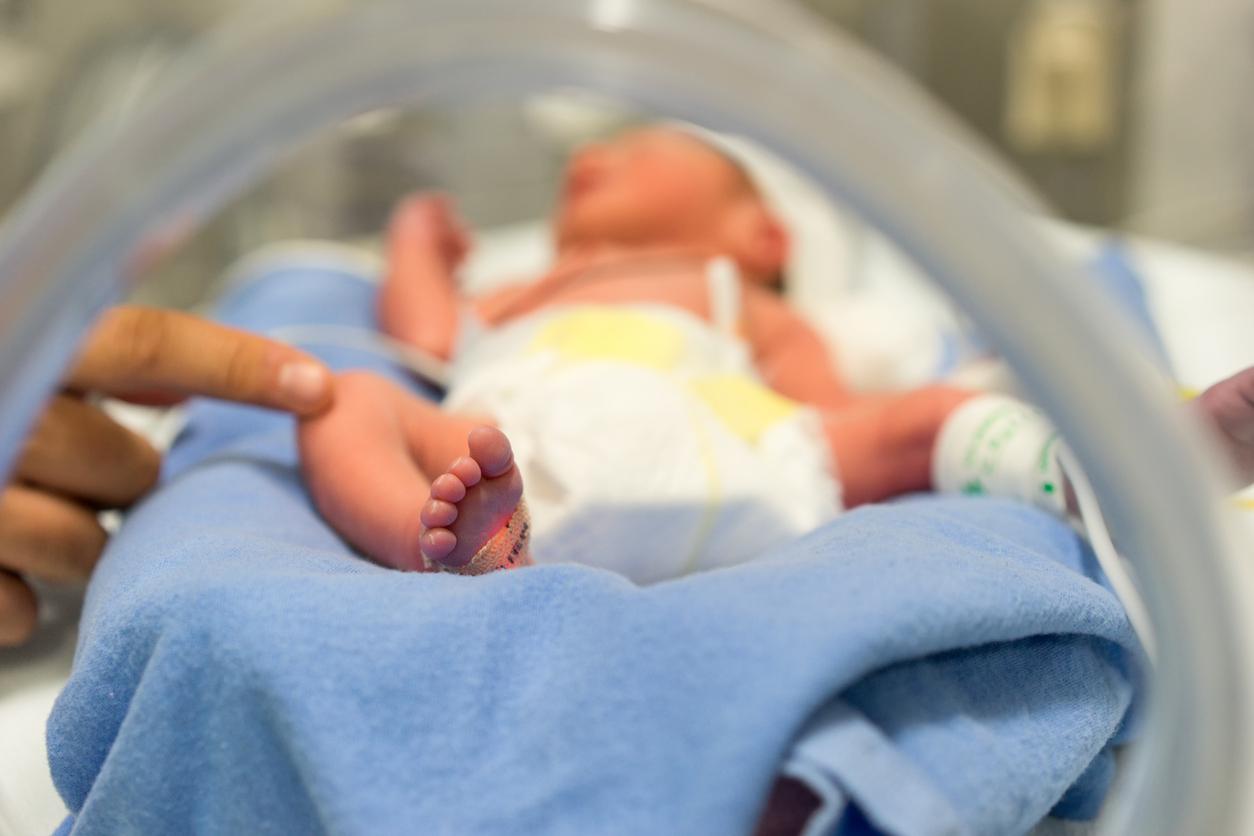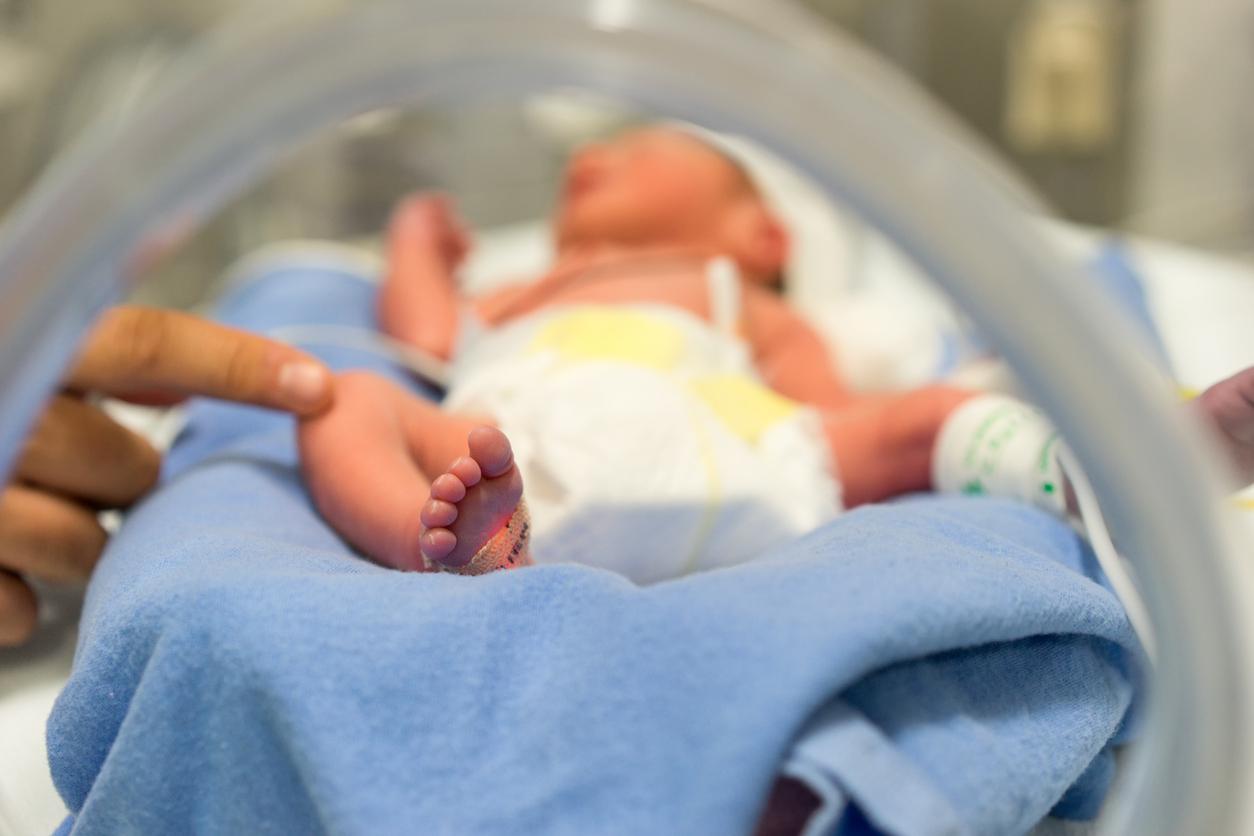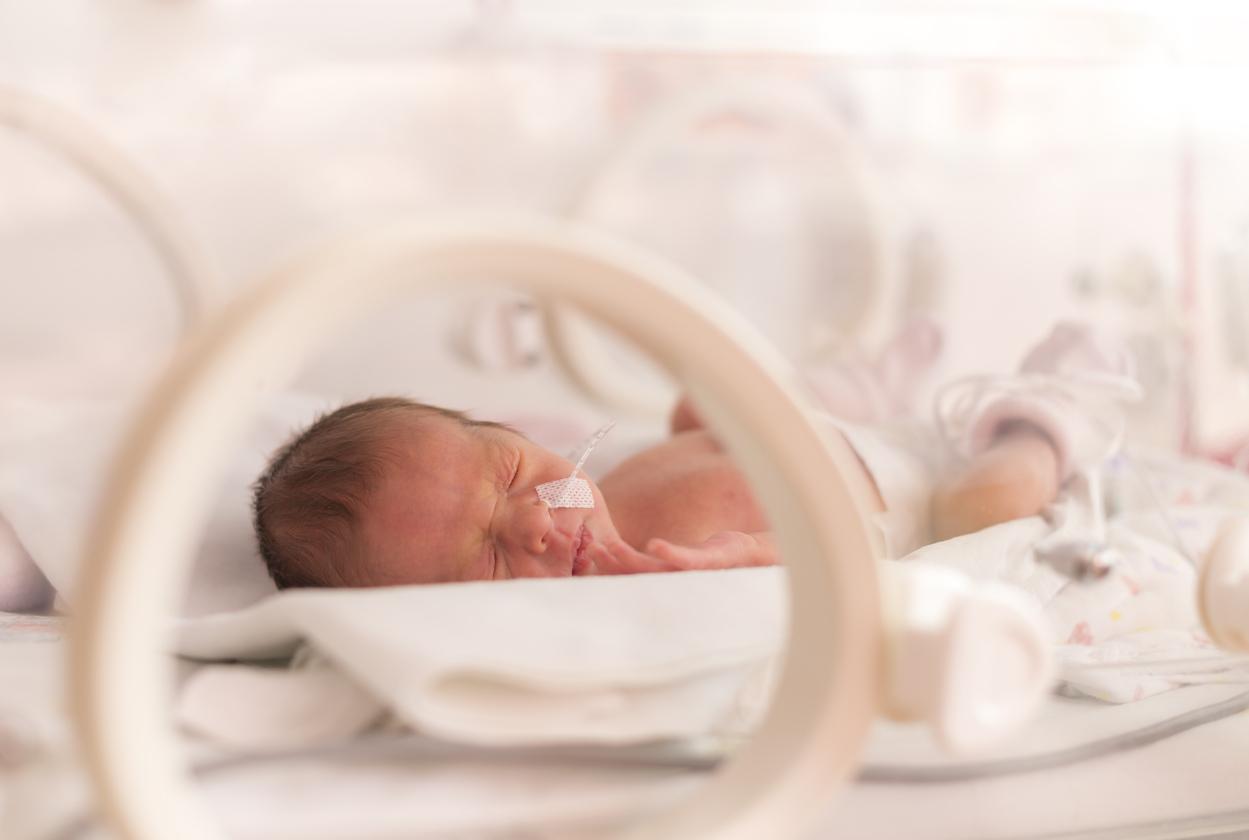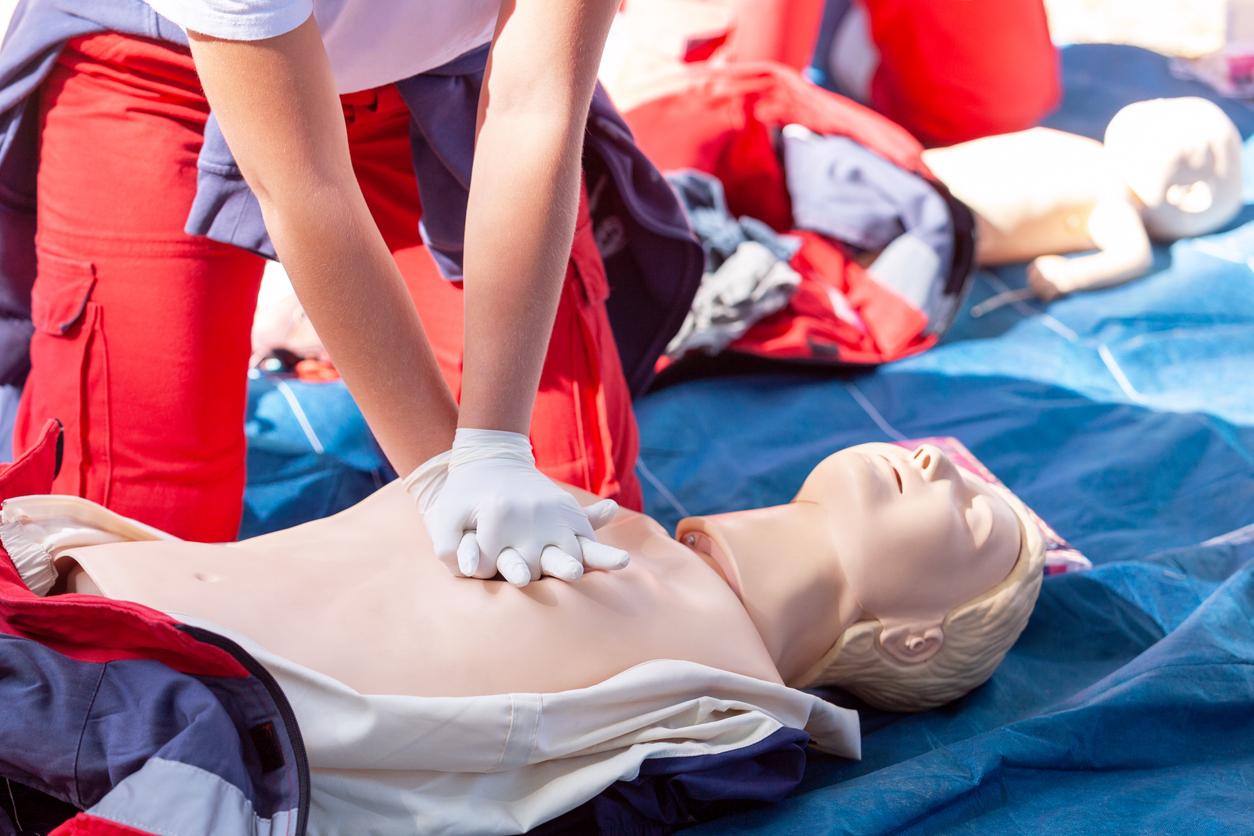A pregnancy is said to be “at term” when the birth takes place between the 37th and the 41st week of amenorrhea (WA), that is to say the number of weeks that have passed since the first day of the last menstruation. If the delivery takes place before 37 weeks, the newborn is thus said ” premature“. Until the 1980s, doctors believed that a baby was viable after 28 weeks. It weighs then only 1000 grams.
But this limit is constantly receding. For example, last February, a Japanese baby came out of his mother’s womb at the 24th week. It then weighed only 268 grams. After five months of hospitalization, he was discharged from the maternity hospital in good health. Edward Bell is a neonatal physician and professor of pediatrics at the University of Iowa (United States). Asked by theAFP and taken back by The Journal of Quebec, he explains : “I have been doing this job for 40 years, and I have seen the threshold of viability drop by one week every 10 years in my hospital”.
Important progress
Two studies published this week in the Jama Journal of the American Medical Association illustrate this decline. The first one, published this Tuesday, March 26, looked at the chances of survival of very premature babies in Sweden. In 2014-2016, 77% of children born between 22 and 26 weeks in the country survived one year. This rate was only 70% in 2004-2007.
To achieve these results, Sweden has systematized the resuscitation of newborns: immediate intubation, administration of drugs and rapid transfer to a neonatal intensive care unit. Thus, 88% of premature deliveries take place in these specialized sections. The survival rate of the youngest, born at 22 weeks, has thus increased from 3.6 to 20%. Newborns at 26 weeks survive eight out of ten times.
“Previously, when faced with a baby born at 22 or 23 weeks, a doctor could say that it was not worth doing anything”, always explains to theAFP Mikael Norman, physician, professor of pediatrics and study co-author. Three advances have changed this dynamic. The invention of artificial surfactants (to help premature babies breathe better), the injection of steroids in the mother before childbirth (to make the baby’s lungs mature) and the advancement of respiratory systems.
Survival is possible, but the risk high
These techniques are widely available in developed countries. The second study, published this Monday, March 25, focused on the survival of babies born between 22 and 26 weeks at less than 400 grams, but in the United States this time. The researchers studied data from 21 US hospitals between 2008 and 2016. In the end, 13% of these babies survived. One of them weighed only 330 grams.
Investigation “Shows that survival is possible”, assures co-author Edward Bell. Only at this age the risk of complications is high. Three quarters of the children studied showed developmental delays at two years. “We cannot say clearly that these babies must always be resuscitated, but the parents must receive this information and have a say in deciding on the resuscitation”, continues the doctor. According to Inserm figures, more than 50,000 babies are born preterm each year in France, of which 10% are adults and 5% are very premature babies.
Read also :
- Brain development: prematurity a risk factor
- Premature children: more difficulties at school, but they catch up later


















